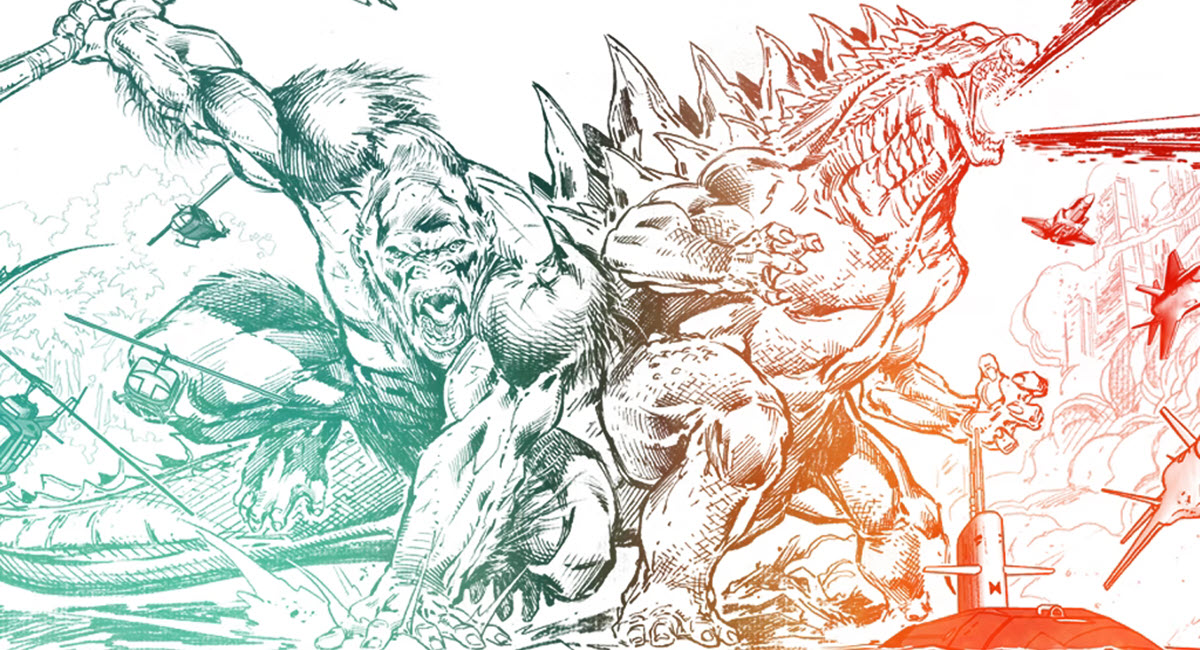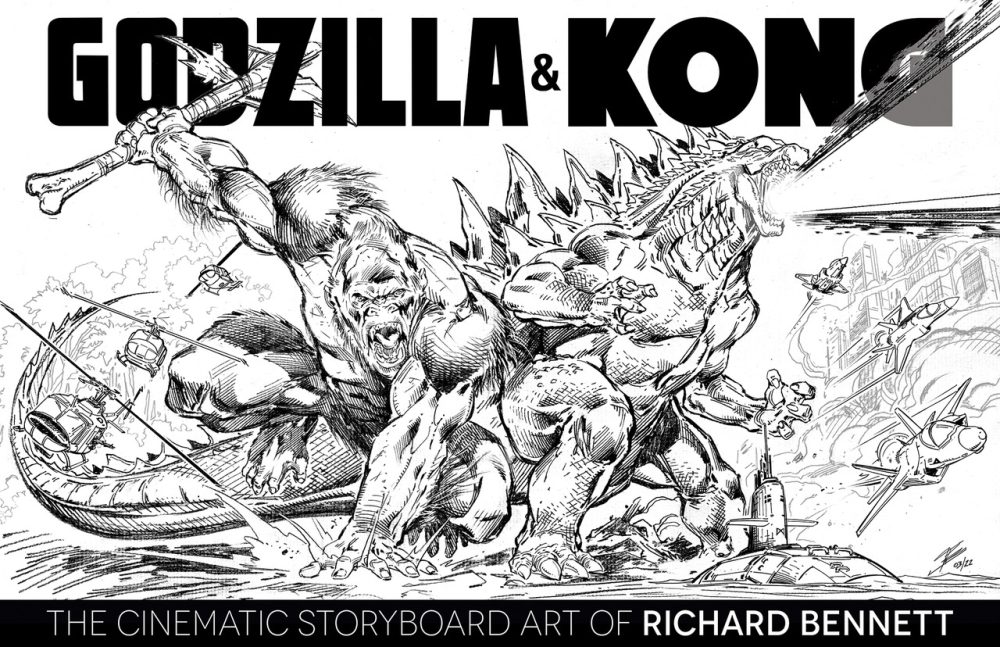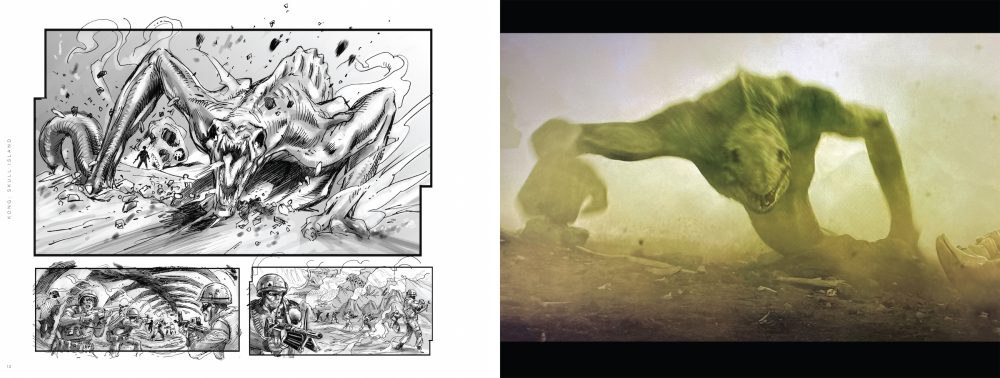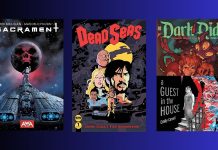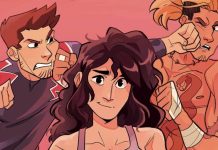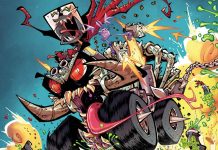Richard Bennett is an Uruguayan artist best known these days for his storyboards on major Hollywood films like Zodiac, Captain America: The Winter Soldier, and Spider-Man: No Way Home. Some of his most recent projects have been in storyboarding Legendary Pictures’ “Monsterverse,” including Kong: Skull Island, Godzilla: King of the Monsters, and last year’s smash hit (pun intended) Godzilla vs. Kong.
Such is the occasion for Godzilla & Kong: The Cinematic Storyboard Art of Richard Bennett, which you can back on Kickstarter now. This massive coffee table book features over 200 pages of spectacular images from the 2021 film featuring cinema’s most beloved kaiju.
But readers of this site will also be interested to know that Bennett cut his teeth as a comic book artist before transitioning into film and television. Having made a name for himself as an artist on comics like X-Men and WildC.A.T.S in the early 1990s, the lessons he learned in sequential art continue to inform his storyboards, as he explained in our interview.
Gregory Paul Silber: Between Kong: Skull Island, Godzilla: King of the Monsters, and Godzilla vs. Kong, you’ve drawn a lot of kaiju (and not just the title characters). What makes the kaiju genre appealing, and what do you enjoy about drawing giant monsters?
Richard Bennett: One of the aspects I love about the franchise is the juxtaposition of the primal, raw look and energy of the kaiju characters with the high tech military might of the human side. It’s always fun to explore that contrast visually, both in action and non-action scenes. Nothing like Godzilla using an F-35 as a Shuriken against Kong (with the added ejecting to safety pilot)! The notion of scale is also present but particularly whenever there’s interaction between the creatures and humans, that’s fun to showcase as well.
Silber: You were a comic book artist earlier in your career, drawing popular titles like Stormwatch, WildC.A.T.S., and various X-Men projects. How has that experience informed your work as a storyboard artist? What are some of the biggest differences between storyboarding and comic book art?
Bennett: I simply wouldn’t be able to draw storyboards today if it wasn’t for my experience drawing comic books. The knowledge and craftsmanship regarding storytelling, editing, rhythm, character design, management of light and shadow, pace, how to convey action within a drawn frame (particularly this), ALL comes straight from illustrating comic books.
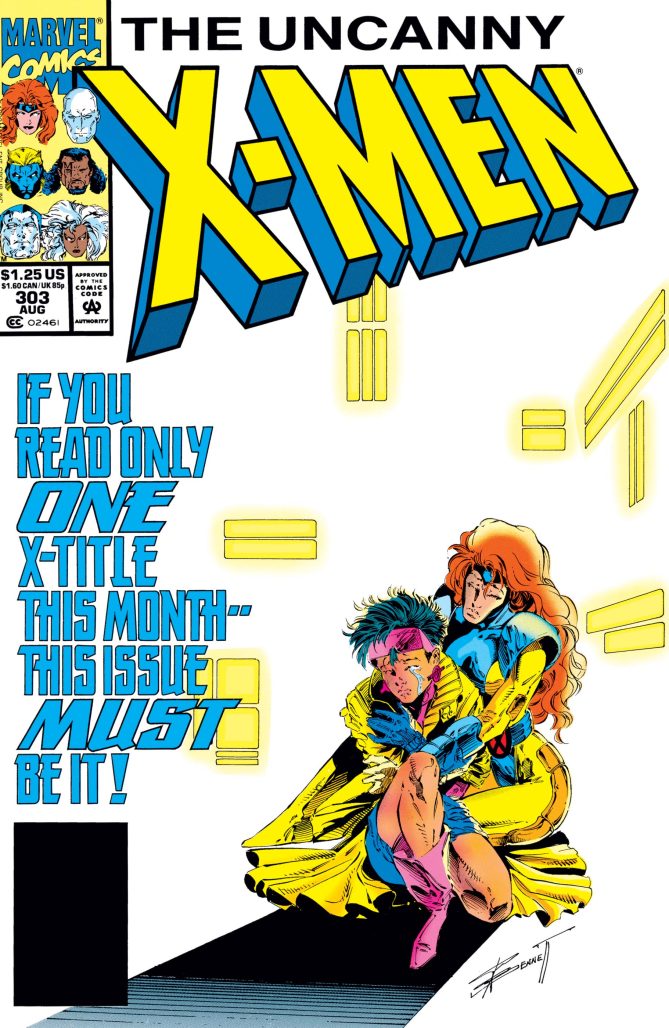
One of the biggest differences lay in the format or way they are presented. Also there are specific rules as far as language for each. For example, in film/storyboarding, you don’t cross the line. Meaning that let’s say, if you shoot over somebody’s left shoulder on a ‘two shot’ (two people), then when shooting the opposite 180º angle, you don’t do it over the other person’s left but rather right shoulder. Therefore the camera always is on the same side of the imaginary line between the characters. The camera can also be placed in between the two, so both characters are on frame, but alway from the same side of that line. The line can be crossed, but only when story-motivated. A good example is the interview between Al Pacino’s Wallace character in The Insider with a Sheikh. The control of the conversation goes in one way, then it shifts, and the camera changes angles, crossing to the other side of the line so to emphasize that. In comic books you have more freedom that way.
Moreover, the action in comic books tends to be more ‘edited’ if you will. One uses the ‘gap’ between frames as a placeholder for the reader to engage with the story. For example, a character with a katana sword cuts off the other character’s hand who was pointing a gun at him. You can do that in two frames in comics. Frame 1, hands raising the katana, frame 2 the other guy’s hand bouncing off the ground, still holding the gun. The invisible ‘cut off’ action frame is the one in between, actually happening in the reader’s imagination. You can certainly apply that to storyboards, but that in between image generated by the reader, is something that comes from comic books.
The obvious, biggest difference would be the presentation. Comic book page layouts (aside from double spreads, or splash pages) are done by distributing several frames, with same or different shapes on each page. Even the frame’s shape (or even lack of frame all together sometimes) is always in the service of the told story.
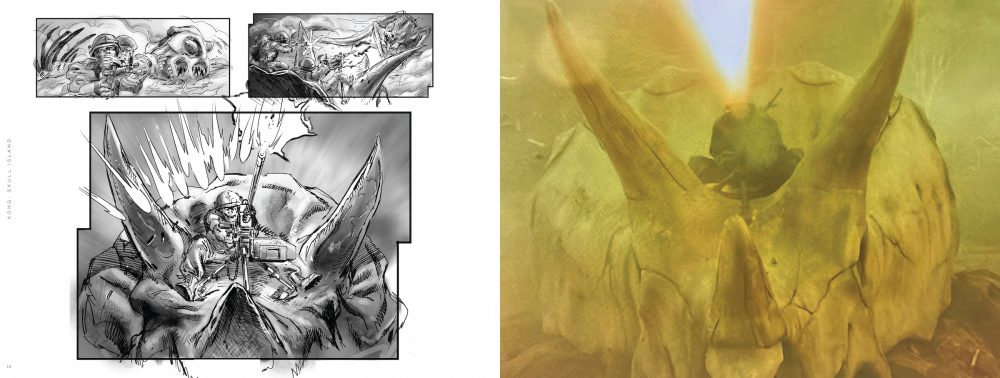
Storyboards on the other hand, are drawn frame by frame, within the determined ratio in which the film will be shot. IMAX, 2.35:1, 16:9 etc..sometimes (on the storyboards) some are combined, for example IMAX and 2.35:1. And in that case you’d see the drawn cinemascope frame within the bigger IMAX one. In storyboards a shot can be one frame, or several, depending on the action. The closest both disciplines come as far as frames vs ratio would be when, in storyboards, ‘extended frames’ are used. Extended frames is part of the storyboard language, and involves modifying the ratio slightly to convey certain actions; a character walking down the stairs, for example.
Silber: How did you transition from being a comic book artist to storyboard art? Would you ever consider making another comic?
Bennett: Working in film was always in the back of my head while drawing comic books; a long term goal. After working in comic books I decided to attend full time college in LA, with the idea of becoming a concept illustrator. When I was about to finish I came across the opportunity to work on Alien vs Predator. So that was the first project in film.
I wouldn’t discard the idea of working in the comic book industry once again. It’s too much fun! But so is working in film!
Silber: Godzilla and King Kong both have rich cinematic histories dating back to 1954 and 1933, respectively, with dozens of films, television series, video games, comic books, et cetera between them before Legendary Pictures rebooted the franchises with their own “Monsterverse.” How did you strike a balance between honoring past iterations of these characters while introducing your own unique visual style?
Bennett: Looking at references from past, classic movies. Obviously, the directors are at the helm, and they always let us know when there’s something specific to bear in mind or to include. Someone’s “style” I guess transpires into the work naturally, but I think it never hurts to keep these previous, classic movies of the characters as a creative compass.
Silber: There are a lot of creative voices that go into the making of any film, including directors, screenwriters, producers, and many more. Can you shed some light on how those collaborations work? How much freedom do you have to incorporate your own ideas?
Bennett: While drawing storyboards I normally work with the director. I get to read the script, then she/he lets me know which scene/s to tackle first. I draw a first pass on the scene, then we meet to review it, I take notes on revisions, and get to work on the sequence again, until the director is happy. Then it’s on to the next scene, and so on. Directors always have specific ideas on what they want or need from the scene, but after letting me know, I’m also often encouraged to bring mine as well while I draw the sequence.
We also interact with the production designer. For example if I need any reference on material that is already designed, I approach the PD in order to access that. In that regard, it’s always the case, since I’m not in charge of designing sets or any props, vehicles, costumes, etc. When I come on board all that is either in the process of being designed or already done. So, personally, I always make sure to ask, since I like to incorporate any of that work onto the boards. My work generally is covered during the initial pre-production phase, before shooting. Sometimes I’m called back when reshoots are needed, after principal photography is finished.
Silber: Who is your favorite kaiju to draw, from any franchise? Do you have a favorite kaiju film?
Bennett: King Kong, no doubt! It’s easier, I think, to relate to Kong, particularly to the Merian Cooper, John Guillermin and Peter Jackson films. I like Kong’s tragic character nature. I think both King Kong versions from M. Cooper and Peter Jackson are masterpieces.
Silber: Can you tease some upcoming projects you’re storyboarding? Might we see you revisiting the Monsterverse anytime in the future?
Bennett: Can’t exactly. I can only tell you it’s a BIG project ..!
The Kickstarter campaign for Godzilla & Kong: The Cinematic Storyboard Art of Richard Bennett is live now. You can also check out more of Bennett’s work on Instagram.



